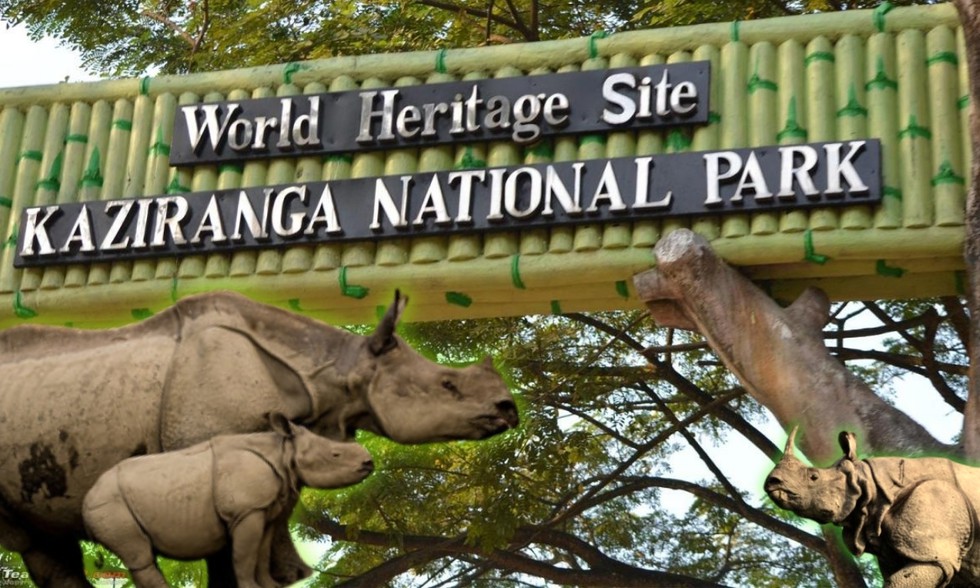About Kaziranga National Park:
- Location: It is situated in the north-eastern part of India in the state of Assam.
- It is the single largest undisturbed and representative area in the Brahmaputra Valley floodplain.
- In 1985, the park was declared a World Heritage Site by UNESCO.
- Terrain: It is of sheer forest, tall elephant grass, rugged reeds, marshes, and shallow pools.
- Rivers: The River Diffalu, a tributary of the Brahmaputra, flows through the National Park while another tributary, Moradifalu, flows along its southern boundary.
- Flora and Fauna of Kaziranga National Park
- Flora: It is primarily famous for its dense and tall elephant grasses intermixed with small swamplands. It also includes an abundant cover of water lilies, water hyacinths and lotus.
- Fauna: Many endangered and threatened species like Rhino, Tiger, Eastern swamp deer, Elephant, Buffalo, Hoolock gibbon, Capped langur, and Gangetic River dolphin are commonly found in the habitat. It is inhabited by the world’s largest population of one-horned rhinoceroses, as well as many mammals.
Highlights of Grassland Bird Survey Report:
- Bird experts, scientists, and conservationists recorded 43 grassland species across Kaziranga’s three wildlife divisions.
- It reported that the Finn’s weaver (IUCN Status: Endangered), locally known as tukura chorai, is breeding successfully.
- This bird is an important indicator of grassland health and is known for building nests atop trees.
